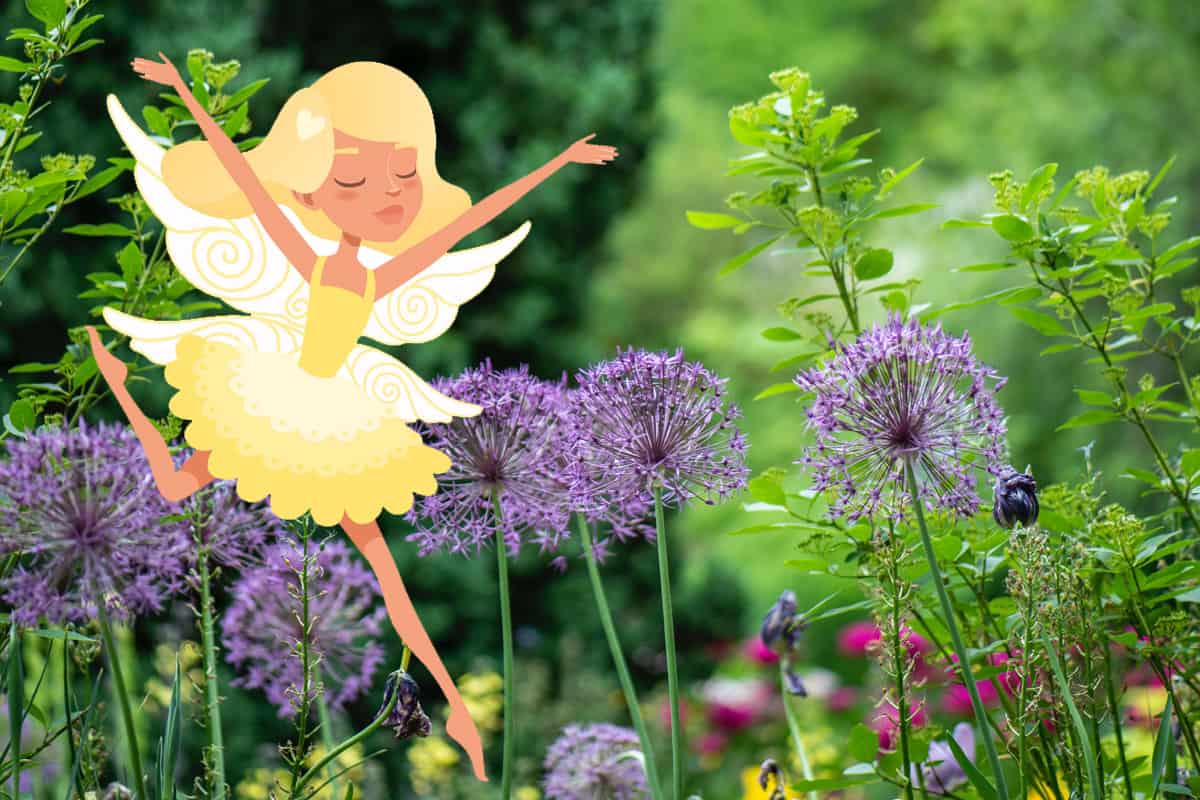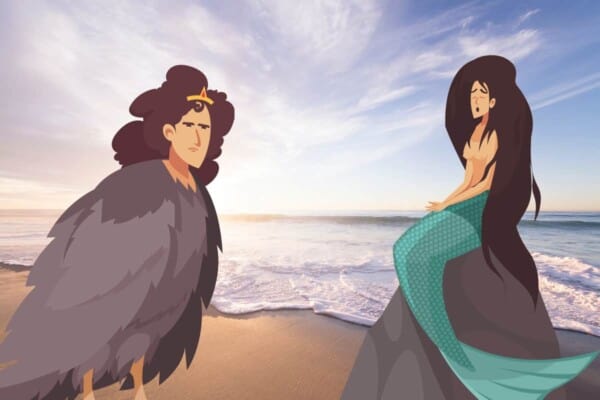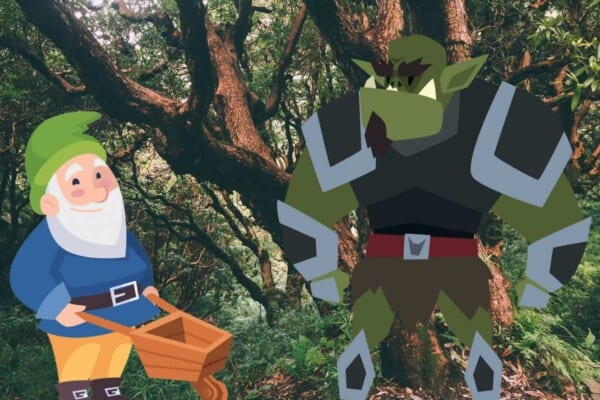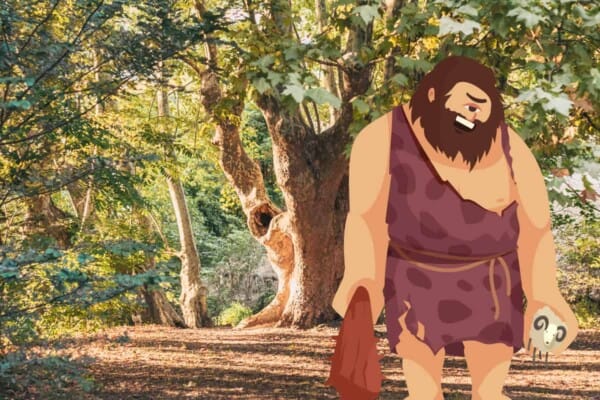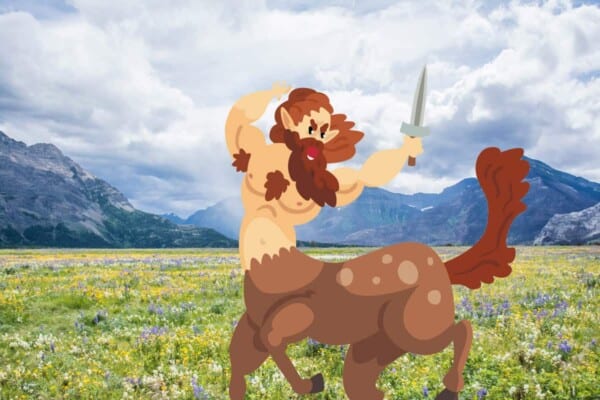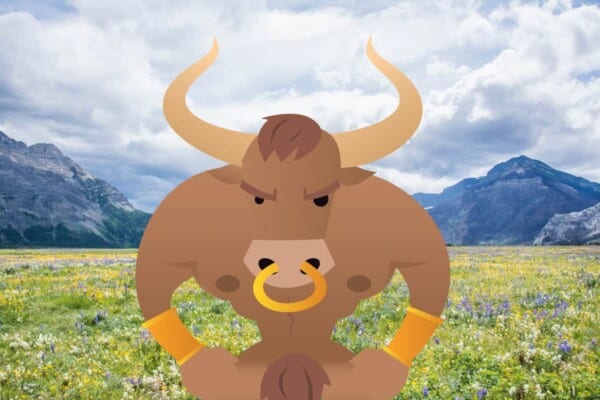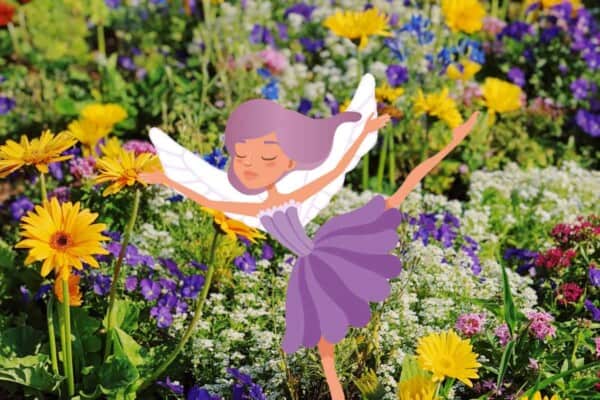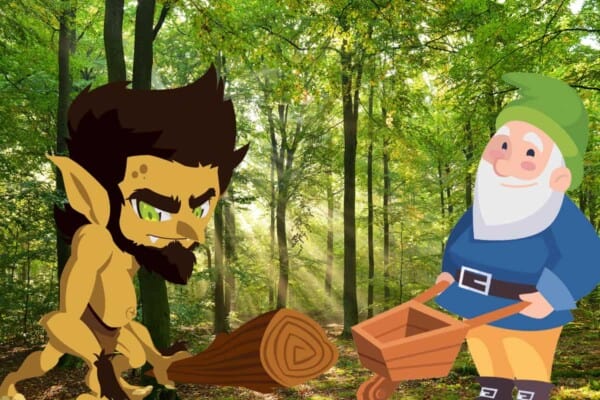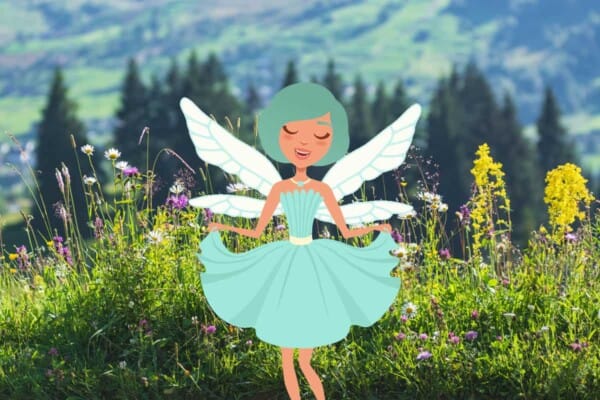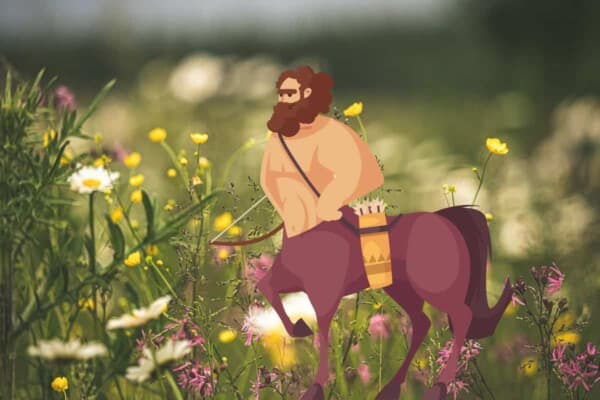Pixies are creatures of British folklore, especially focused around the English areas of Devonshire and Cornwall. They share many similarities with the Scottish and Irish minor faerie folk, enjoying mischief and magic. These small childlike creatures gained pointy hats and ears in the Victorian era, and they’ve been a key piece of faerie lore in Britain and beyond since then.
Similar to sprites or other small faeries, the word ‘pixie’ is often used interchangeably with both. The following facts describe some of the most interesting things about pixies in folklore and more modern stories where they feature.
A Few Interesting Facts about Pixies
1. There are many different suggested origins for the world ‘pixie’
These include:
- From Swedish pyske, ‘small fairy’
- From an unknown Celtic word rendered as piksie or pigsky
- From the Pictish tribes (who used to paint their faces blue)
- From the mischievous hobgoblin/sprite Puck
2. Pixies were only known in Britain until more modern fiction, and until the 19th century they were considered serious threats in Cornwall and Devon
Peasant books were filled of descriptions of pixies and the mischief they got up to. Many areas, especially rock formations, were also named for their supposed pixie residents. A number of local legends in those places and in Dartmoor focus on real or semi-mythological figures and their interactions with pixies.
3. The mischievous pixies of Dartmoor are the source of the phrase ‘pixie-led’
Though not malevolent and known mostly for singing, dancing, and horse riding, the Dartmoor pixies found it especially fun to trick travelers into dangerous situations. The only remedy for this mild spell work was to turn your coat inside out!
4. Pixies are often blue, and in the Victorian era they were given tapered ears like elves and pointed hats like garden gnomes
The Victorians also ascribed pixies with dirty rags as clothes. Their friendship could be purchased with a gift of new clothes.
5. 19th century poet Nora Chesson wrote a verse called The Pixies which described most traits of pixies in folklore
In summary:
- Pixies are neither blessed good or cursed bad creatures
- They are adventurers who explore land and sea and enjoy sailing and horseriding especially
- They have affinities with plants and can encourage nature to thrive
- Horses come at their call
- They are mischievous thieves by nature
- They flirt with human women, but never seriously
- They don’t feel negative emotions like fear or pain
- They are immortal and never change, age, or die
- They are very fond of humans but see us as curious pets rather than fellow creatures
6. Since 1954, the village of Ottery St. Mary, England has celebrated a Pixie Day
The legend goes that, hundreds of years ago, a local bishop decided to build a church to fight off the pixies that mischievously plagued the town. He asked commissioned cast iron bells to be created and escorted by monks to the village in case they were stolen. The pixies knew that the bells would ruin their rule over the area. They cast a spell on the monks and sent them to the cliffs to jump into the sea. One of the monks stubbed his toe and muttered “God bless my soul”, and the words broke the spells on everyone – mostly.
The pixies came out every year to capture the bell ringers or parish council and imprison them in the Pixie’s Parlor, the cave where they now lived. Nowadays, the Cub and Brownie groups of Ottery St. Mary act as the pixies and lock the bell ringers in a newly constructed version of Pixie’s Parlor.
7. Disney’s Tinker Bell is a pixie, though she was described only as a ‘fairy’ in the original novel
She became the symbol of Disney magic, and the dust that comes out when she moves that helps the Darling children to fly is known as pixie dust. Like many tales of pixies, the 1953 version of Tinker Bell is vain and mischievous, and she often plays pranks that might cause harm (like when she nearly kills Wendy). However, she is not evil – simply outside of human morality.
8. In Southwest England, the Colt Pixie takes the form of a small horse
In Dorset and the New Forest, this pixie appears as an unkempt white horse or pony and it acts as a temptation to lead travelers astray. It’s often associated with hobgoblins, and especially with the mischievous Puck.
9. Some stories say that a pixie could earn a soul by taking a human lover
If the pixie could make a human love it and love the human truly in return, then the pixie could gain a new lease on life filled with human emotions, heart, and the blessings of God.
10. Joan the Wad was the Queen of the Cornish Pixies
‘Wad’ here means bundle of sticks for a torch. Though she was mischievous, Joan was mostly associated with good luck, using her torch to light the way. People carried naked Joan the Wad figurines as talismans for good luck and safety, and her image was thought to protect houses.
She’s often associated with Jack-o-the-Lantern, who is the King of the Pixies in Cornish mythology. She is sometimes his wife and sometimes just a kindred spirit.
11. Pixies blessed those who were good to them and benevolent to others and punished those who mistreated or neglected others or them.
Often in stories they would appear to people who they deemed worthy to just drop gifts off without any further explanation.
12. Pixies often have a human origin or strong ties to human nature
This is in contrast to other faeries, who are usually considered to be very different from humans in their origins and thoughts.
Final Thoughts
Like a leprechaun, a sprite, or an imp, pixies explain the minor nuisances in life that happen seemingly out of nowhere. Since they’re usually portrayed as pretty, their sassy vanity has made them very popular in the world today for anyone who likes fun stories about fantasy creatures!
Contents
- A Few Interesting Facts about Pixies
- 1. There are many different suggested origins for the world ‘pixie’
- 2. Pixies were only known in Britain until more modern fiction, and until the 19th century they were considered serious threats in Cornwall and Devon
- 3. The mischievous pixies of Dartmoor are the source of the phrase ‘pixie-led’
- 4. Pixies are often blue, and in the Victorian era they were given tapered ears like elves and pointed hats like garden gnomes
- 5. 19th century poet Nora Chesson wrote a verse called The Pixies which described most traits of pixies in folklore
- 6. Since 1954, the village of Ottery St. Mary, England has celebrated a Pixie Day
- 7. Disney’s Tinker Bell is a pixie, though she was described only as a ‘fairy’ in the original novel
- 8. In Southwest England, the Colt Pixie takes the form of a small horse
- 9. Some stories say that a pixie could earn a soul by taking a human lover
- Final Thoughts

